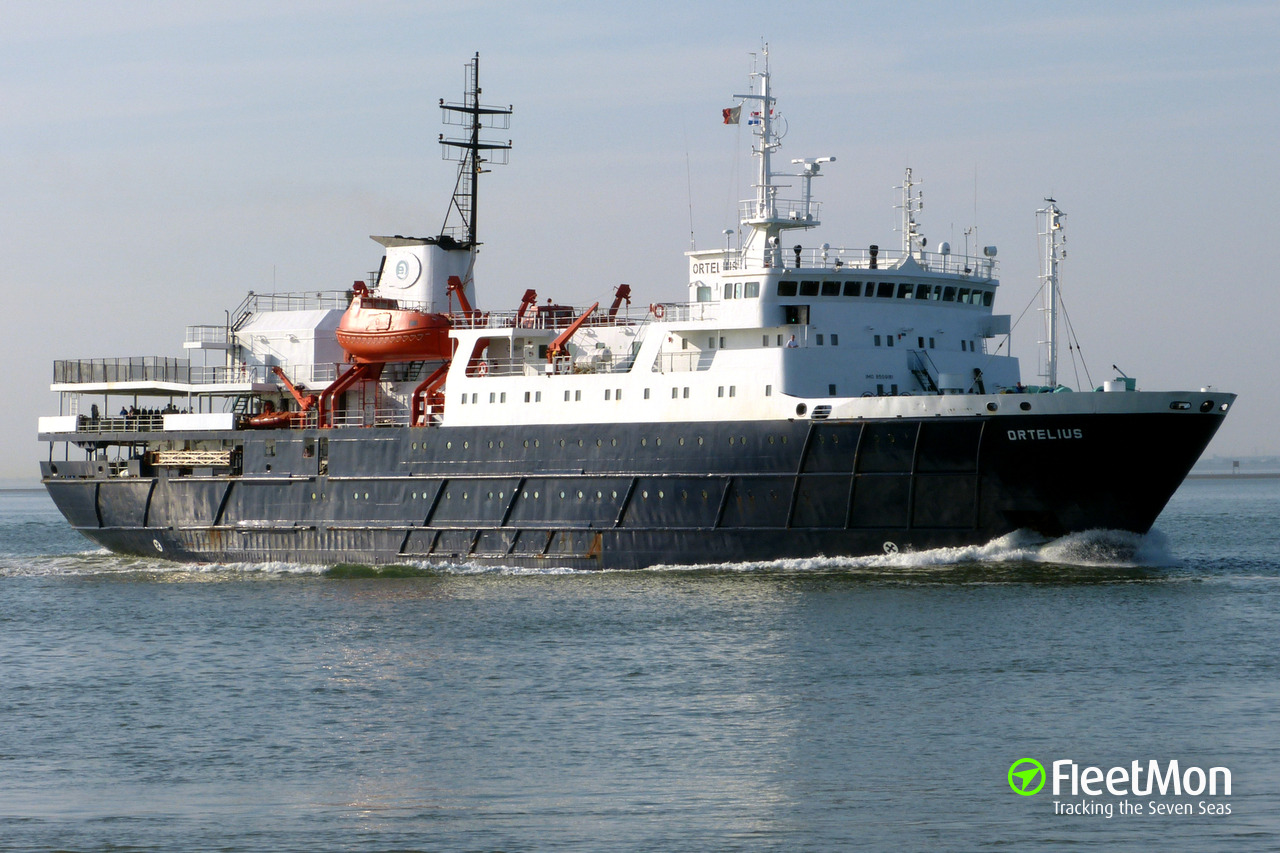
Satellite-aided Automatic Identification System (AIS) has drawn the attention from the maritime community for worldwide vessel tracking and monitoring. Despite the current shortcomings, we recommend that other Polar nations consider using satellite-based AIS to establish situational awareness in remote waters. This methodology, therefore, is not a stand-alone system. licensed fishers, tourist operators and vessels on government service) and if the AIS is turned off, the vessel becomes virtually invisible. However, it must be noted that the AIS data is generally only continuously available from legitimate operators (e.g.
#Ortelius ship ais code#
The International Maritime Organization is finalizing implementation of the Polar Code for the safety of vessels, which will apply in both Polar Regions and will require additional information about the profile of the fleets of ships operating there. Knowledge about the location of vessels in an area (situational awareness) is valuable in cases where SAR actions are required. It is possible, for example, to determine season start and finish for tourist vessels and to extrapolate that the greater the number of times those vessels travel into the High Arctic, the greater the level of polar operational experience of the crews.
This paper presents results on the number and locations of such vessels in each of the three Arctic regions, and identifies activity trends. In this paper, the maritime activities of passenger vessels are discussed in detail. The vessels are organized into groups, such as fishing vessels, passenger (tourist) vessels, icebreakers, research vessels, and tankers and cargo vessels, as identified by the unique Maritime Mobile Service Identity number within a ship’s automatically transmitted AIS messages. The analysis is based on data from the Norwegian satellites AISSat-1 and -2 from 10 July 2010 to 31 December 2014. The main focus is on the Svalbard region, which is located in the standard area of operation of the Norwegian Coast Guard.

It quantifies maritime activities in three regions in the European High Arctic where it is probable that the Norwegian Coast Guard will be requested to assist in future SAR operations. This proof of concept paper seeks to determine whether monitoring maritime activities in the European High Arctic by satellite-based Automatic Identification System (AIS) can enhance polar search and rescue (SAR) by building an accurate temporal and spatial profile of the fleet of ships operating there.


 0 kommentar(er)
0 kommentar(er)
